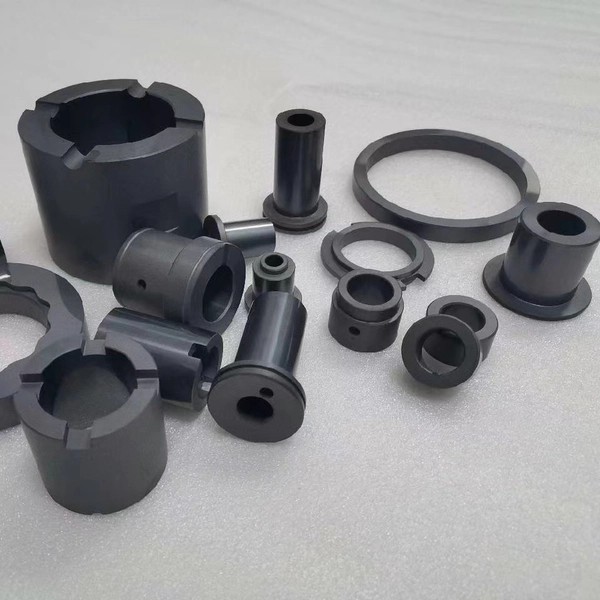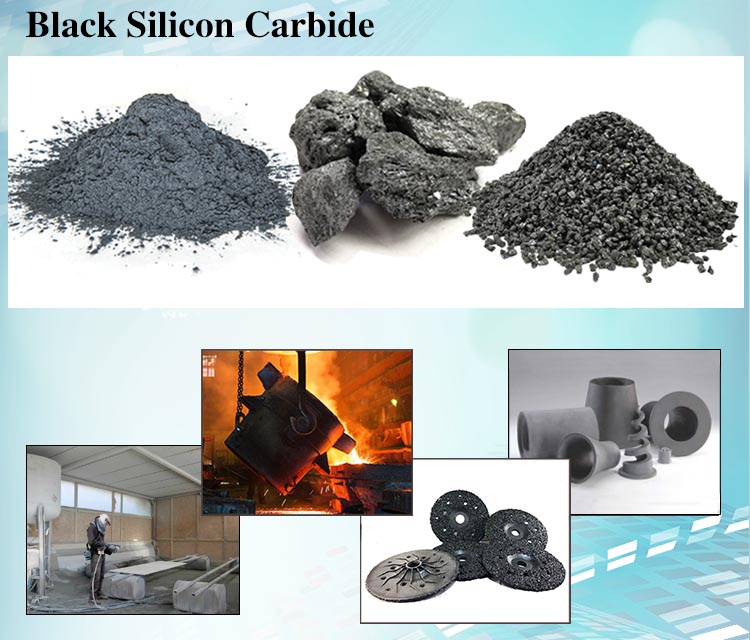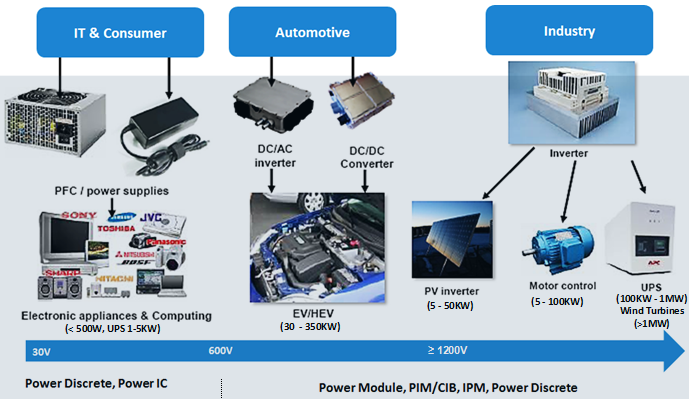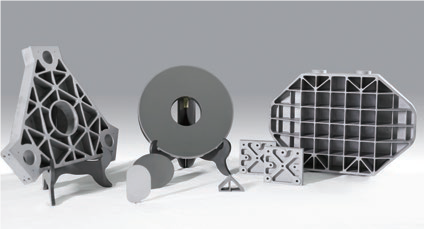
- English
- Español
- Português
- русский
- Français
- 日本語
- Deutsch
- tiếng Việt
- Italiano
- Nederlands
- ภาษาไทย
- Polski
- 한국어
- Svenska
- magyar
- Malay
- বাংলা ভাষার
- Dansk
- Suomi
- हिन्दी
- Pilipino
- Türkçe
- Gaeilge
- العربية
- Indonesia
- Norsk
- تمل
- český
- ελληνικά
- український
- Javanese
- فارسی
- தமிழ்
- తెలుగు
- नेपाली
- Burmese
- български
- ລາວ
- Latine
- Қазақша
- Euskal
- Azərbaycan
- Slovenský jazyk
- Македонски
- Lietuvos
- Eesti Keel
- Română
- Slovenski
- मराठी
- Srpski језик
How is Silicon Carbide Ceramic Applied and What is its Future in Wear and High-Temperature Resistance?
2024-09-20
Silicon carbide (SiC) ceramics, known for their high strength, hardness, wear resistance, corrosion resistance, and high-temperature stability, have demonstrated immense potential and value across numerous industrial sectors since their introduction. Particularly in the ceramics and enamel industry, the application of silicon carbide has significantly enhanced product performance and quality, in turn driving technological advancements within the entire sector.
What are the Key Characteristics of Silicon Carbide Ceramics?
Silicon carbide ceramics have become a vital choice in modern high-tech materials due to their remarkable physical and chemical properties. Key characteristics include:
High Hardness and Wear Resistance: With hardness levels approaching that of diamond, SiC exhibits excellent wear resistance in mechanical abrasion scenarios.
High-Temperature Stability: Silicon carbide can maintain stability in environments up to 1600°C, making it ideal for high-temperature applications.
Chemical Stability: SiC shows significant resistance to various chemical media, ensuring reliability in harsh environments.
Excellent Thermal Conductivity: This property makes SiC ceramics widely applicable in heat dissipation and thermal management fields.

As an important structural ceramic material, silicon carbide, owing to its outstanding high-temperature mechanical strength, high hardness, high elasticity modulus, excellent wear resistance, high thermal conductivity, and corrosion resistance, finds applications beyond traditional industrial sectors like high-temperature kiln components, combustion nozzles, heat exchangers, and sealing rings. It also serves as bulletproof armor, space reflectors, semiconductor wafer preparation fixtures, and nuclear fuel cladding materials. The superior properties of silicon carbide originate from its crystalline structure and the highly covalent nature of the Si-C bond (~88%). However, its strong covalent bonding and low diffusion coefficient make it difficult to sinter, even under high temperatures. Therefore, extensive research on the sintering mechanisms, additives, methods, and densification processes of silicon carbide has led to the development of various sintering techniques, such as reaction sintering, pressureless sintering, recrystallization sintering, hot pressing, hot isostatic pressing, and newer methods over the past two decades including spark plasma sintering, flash sintering, and oscillatory pressure sintering.
How is Silicon Carbide Ceramic Applied in High-Temperature Fields?
Silicon carbide ceramics can be used as high-temperature kiln materials, such as SiC beams and cooling tubes. Due to their exceptional high-temperature strength and thermal shock resistance, they are crucial materials for components in rockets, aircraft, automobile engines, and gas turbines, mainly serving as static thermal machine parts. In industries such as high-end daily ceramics, sanitary wares, high-voltage electrical ceramics, and glass, SiC ceramics are typically chosen as high-temperature kiln materials for roller kilns, tunnel kilns, and shuttle kilns.

Additionally, the outstanding high-temperature strength, high-temperature creep resistance, and thermal shock resistance of SiC ceramics make them a primary material for thermal machine parts in rockets, aircraft, automobile engines, and gas turbines. For instance, the AGT100 automotive ceramic gas turbine developed by General Motors uses SiC ceramics for high-temperature components such as combustion chamber rings, combustion chamber cylinders, guide vanes, and turbine rotors. Although SiC ceramics exhibit poor toughness, limiting their use to static thermal machine parts in engines or gas turbines, they offer broad applications in high-temperature thermal industries as heating elements, furnace linings, and furnace doors, enhancing equipment’s high-temperature performance and long-term stability.
In the field of new energy, SiC ceramics, as high-temperature materials, are expected to play a crucial role in improving system efficiency and reliability. In high-temperature engine components, SiC ceramics can replace traditional metal materials, enhancing engine efficiency, reducing emissions, and achieving lightweight designs. In aerospace, SiC ceramic engine components offer potential for improved engine operating temperatures, reduced weight, extended service life, and advancement of engine technology. In spacecraft components, the high-temperature stability and radiation resistance of SiC ceramics will enhance the reliability and lifespan of space exploration devices.
In the automotive industry, SiC ceramics can replace traditional metal materials in high-temperature engine components, improving engine efficiency, reducing emissions, and achieving lightweight designs. For high-performance car brake systems, the application of SiC ceramic brake discs promises better braking performance, more stable braking effects, and longer service life.
How is Silicon Carbide Ceramic Applied in Wear Resistance Fields?
The high hardness and low friction coefficient of SiC grant it excellent wear resistance, making it particularly suitable for various sliding and friction wear conditions. SiC can be fashioned into various shapes with high dimensional precision and surface smoothness, serving as mechanical seals in many demanding environments, featuring good air tightness and long life. Additionally, the use of carbon as a sintering aid in solid-state pressureless sintered SiC enhances the material’s lubricity, extending its lifespan.

In the mining and metallurgy industry, SiC ceramics can be used in ore crushers, conveyor equipment, screening devices, reducing wear and maintenance frequency while boosting production efficiency. In manufacturing, SiC ceramics as cutting tool materials in machine tools and cutting tools can significantly improve machining precision and tool life, reducing production costs. In chemical industry equipment, SiC ceramics are suitable for pumps, valves, and pipelines, resisting corrosion and wear, ensuring long-term stable operation of equipment. In the energy sector, such as wind and hydropower, the wear resistance of SiC ceramics makes them suitable for gear components in wind turbines and turbine parts in hydropower stations, capable of withstanding high-intensity friction and impact, extending service life. In oil and gas extraction, SiC ceramics can be used in drill bits and pump bodies, enhancing wear resistance and ensuring reliability in high-wear environments.

With the increasing demand for SiC ceramics and technological innovation, the future of SiC ceramics will see improved production efficiency and reduced costs through the development of advanced sintering technologies and 3D printing, promoting its widespread application in high-temperature fields. Additionally, the field of multifunctional composite materials where SiC ceramics are combined with other materials to create more functional materials will expand application areas by meeting various high-temperature environmental demands.
In terms of sustainable development, the focus will be on developing environmentally friendly and recyclable SiC ceramic materials, aligning with sustainable development principles. Combining SiC ceramics with other materials to create multifunctional wear-resistant materials will cater to diverse industrial needs.
What is the Future of Silicon Carbide Ceramics in Wear and High-Temperature Applications?
The application potential and development prospects of SiC ceramics in wear resistance and high-temperature fields are immense. As technological advancements and developments in material science continue, SiC ceramics will play an increasingly critical role across various industries, enhancing equipment durability and production efficiency, thereby contributing to economic development.
We at Semicorex specialize in SiC Ceramics and other Ceramic Materials applied in semiconductor manufacturing, if you have any inquiries or need additional details, please don't hesitate to get in touch with us.
Contact phone: +86-13567891907
Email: sales@semicorex.com




